A waterproofing membrane is a thin layer of waterproofing layer that is placed on the surface, it is a continuous layer that does not allow water to pass through it. For example: On a flat roof, a waterproofing membrane may be placed above the structural slab and below the finish tiles.
It is basically a process of making a surface water-resistant so that it remains unaffected by water.
In order to waterproof the surface. different kinds of waterproofing membrane can be used depending on the circumstances.
Types of waterproofing membrane:
1.Cement waterproofing method:
This cement waterproofing method is used during the construction process of the building, it is one of the easiest methods used in almost every building for wet and internal areas like the bathroom.
2.Liquid waterproofing membrane:
In liquid waterproofing membranes, a primer coat is applied on the surface, then two coats of topcoat either with spray or roller brush.
This liquid forms a rubbery layer on the wall.
3.Clear waterproofing membrane:
The clear waterproofing membranes are the best method to waterproof the balcony and bathroom without removing the tiles from the surface.
It is the easiest method to make your balcony water-resistant..
4.Bituminous Coating Waterproofing Membrane:
Bituminous coating or asphalt coating waterproofing membranes are manufactured from bitumen-based materials, a versatile protective coat primarily based on its construction and polymerization grade.
Flexibility and protection against the water can be affected by polymer grades and reinforcement of fibres, the most typical functions of bituminous coatings include areas which can be underneath moist rivets.
It is a wonderful protective coating and waterproofing agent on surfaces similar to concrete foundations.
5.Bituminous waterproofing membrane:
Bituminous waterproofing membranes are a popular method used for low-slope roofs due to their confirmed efficiency, the bituminous waterproofing membranes have a layer and a torch on the self-adhesive membranes.
Self-adhesive compounds include asphalt, polymers, filler, resins, and oils added to enhance adhesion characteristics.
The self-adhesive has a shorter shelf life due to the bonding properties of the membrane and the weathering layer often contains granular mineral aggregates to withstand weathering.
For a variety of membranes, the contractor uses a defensive screw to prevent puncture of the membrane.
6.Polyurethane Liquid Waterproofing MEMBRANE:
Polyurethane liquid waterproofing membranes are used for the flat area roof and it is exposed to weathering, polyurethane liquid membranes can provide extreme flexibility.
They could be very sensitive to moisture content; due to this fact, care must be taken in evaluating the moisture of the concrete slab.
In any other case, membrane peeling or de-bonding may occur after some time.
7.Wall waterproofing membrane:
Wall waterproofing membranes is an internally utilized moist wall solution that works by managing and controlling the penetration of water inside the hole between the membranes of the cavity wall and basement wall.
It directs water to a suitable drainage system or sump pump.
8.Polymer waterproofing membrane:
Polymer waterproofing membranes are used for exterior and internal waterproofing, damp proofing, hairline crack sealing, and safety from chloride in constructions such as water tanks, basements, terraces and balconies, retaining wall, and many others.
It is a polymer-modified single component liquid applied bitumen elastomeric water proofing membrane.
Also read: GFRG Panels, Geosynthetics & Geotextile
Conclusion:
A waterproofing membrane must be strong, flexible, elastic, and tear-resistant, so it can cover the cracks and runs along with the building.
If the membrane is exposed to the sun, it must be UV stable.

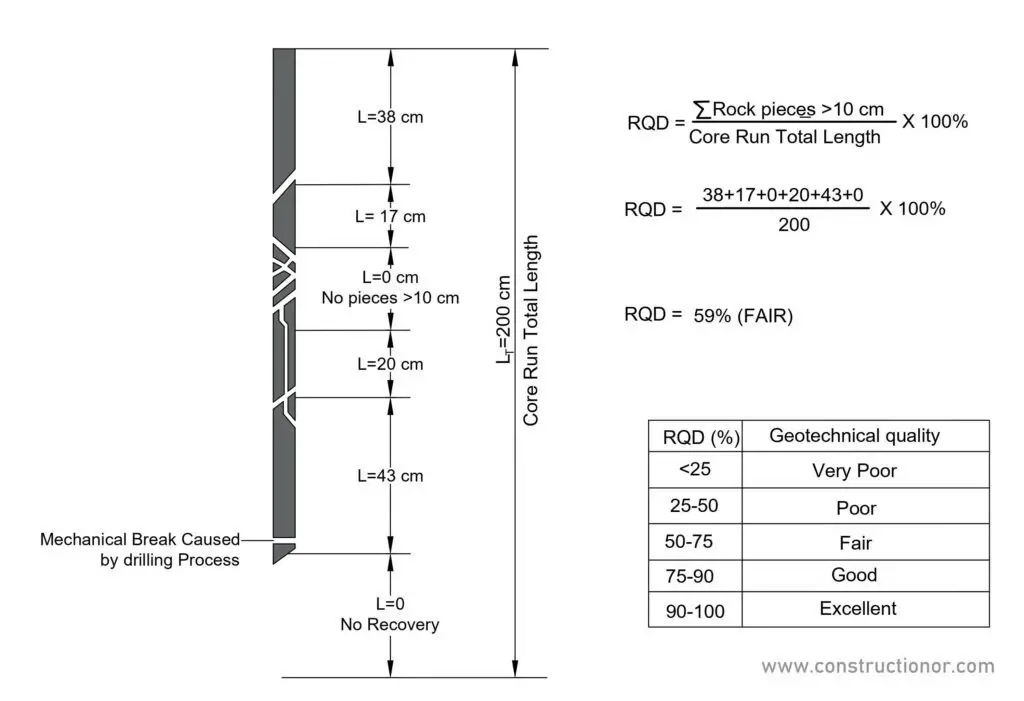



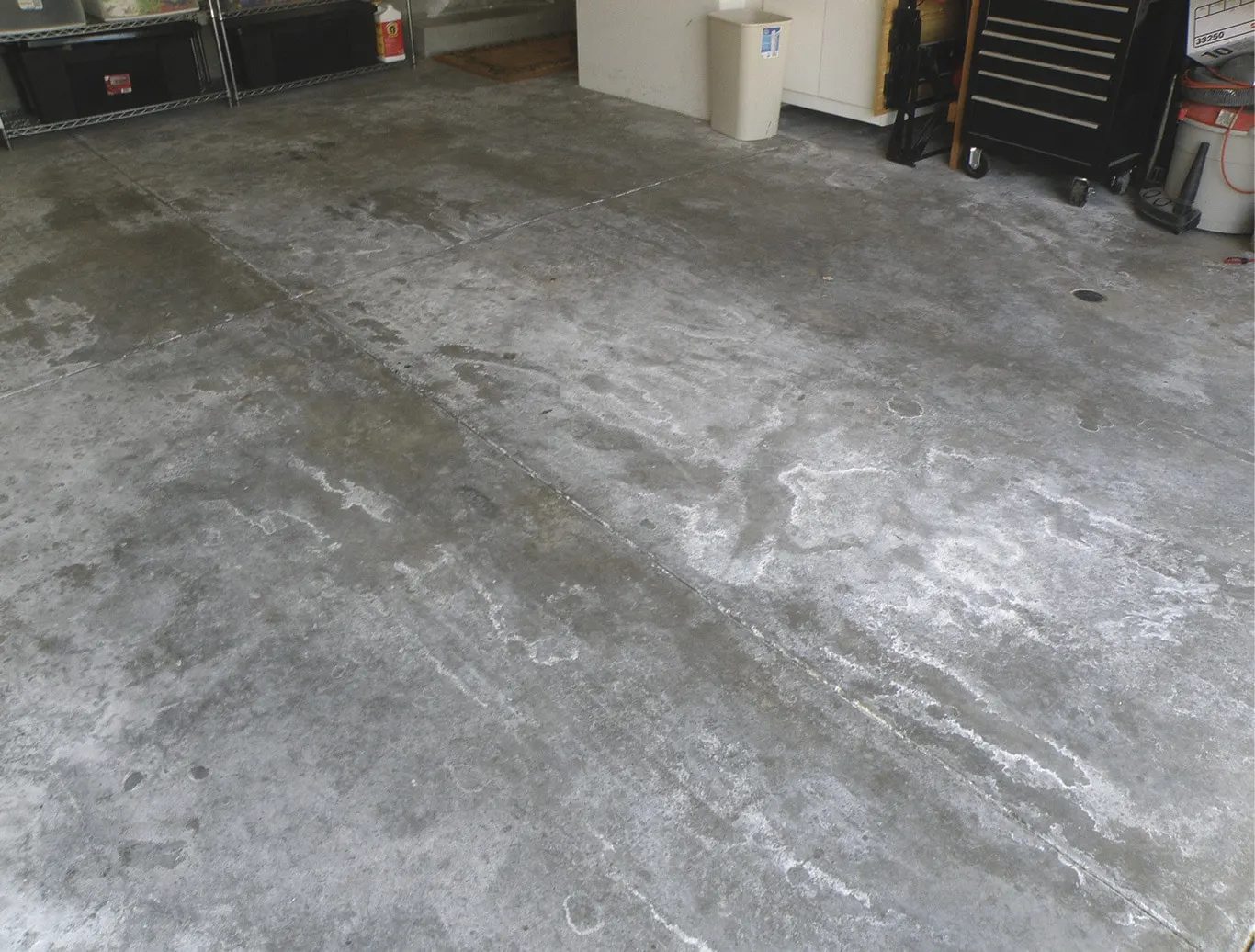
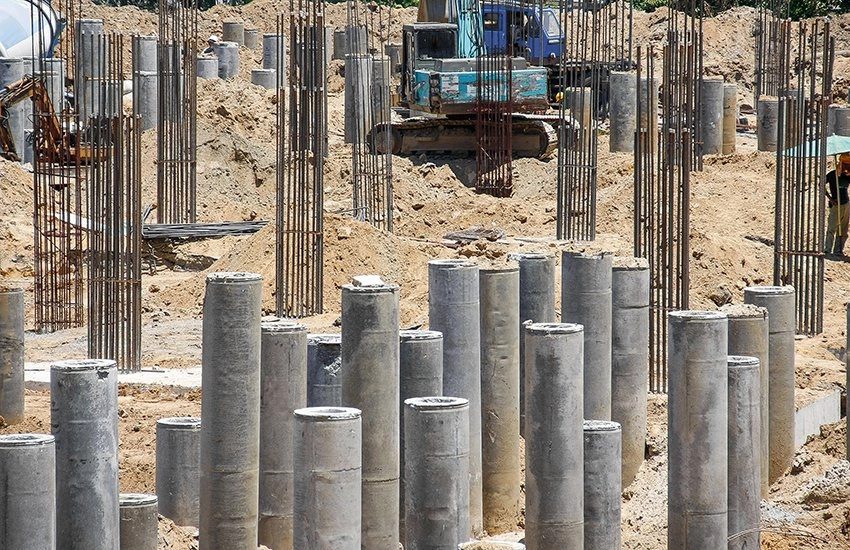

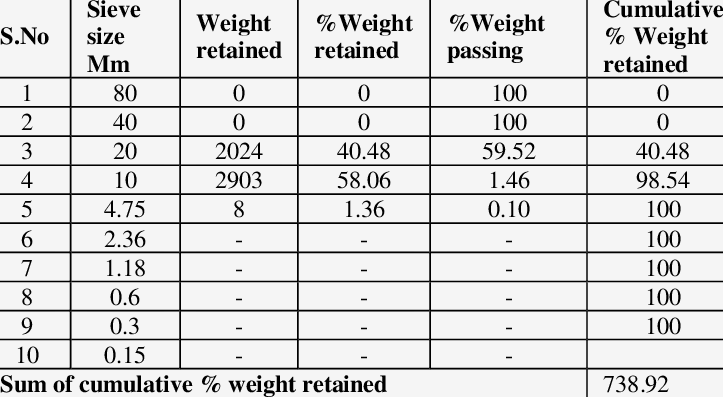
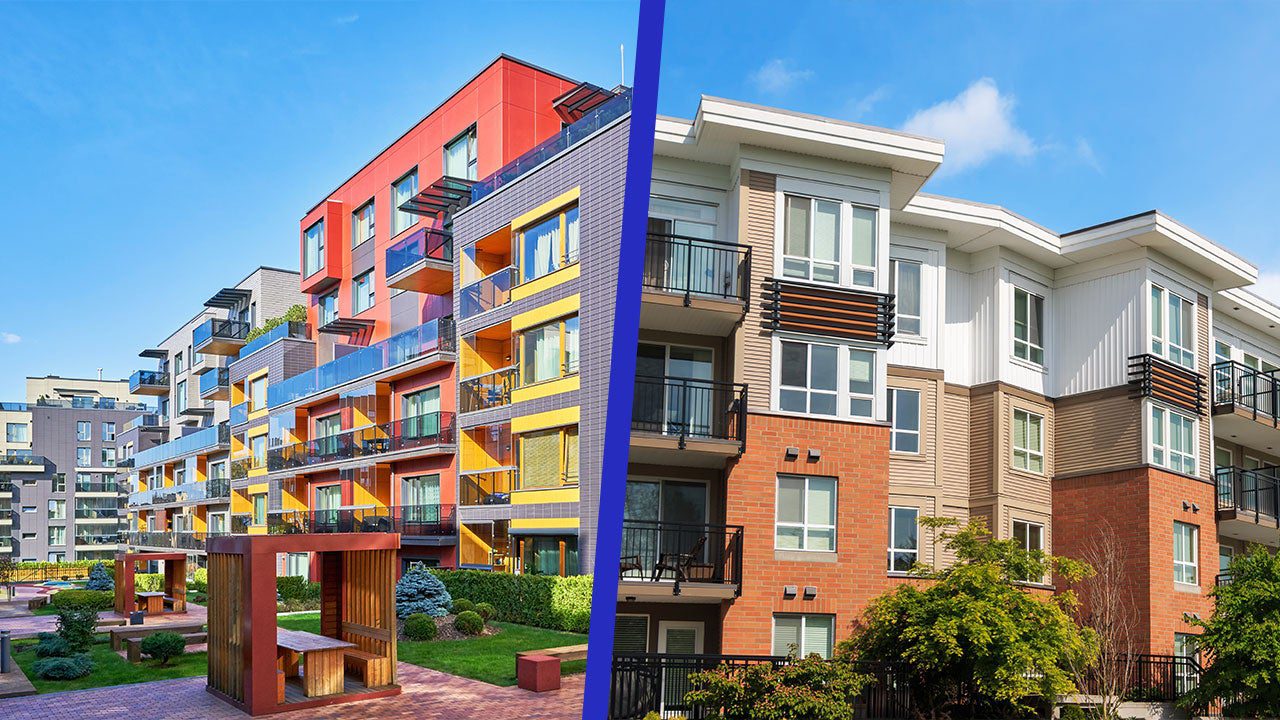
nice blog thanks for sharing this.
Thanks for the information, there are several ways/material for water proofing depending upon surface/location/cost. For Basement and roof top water proofing epdm sheets are a good material.